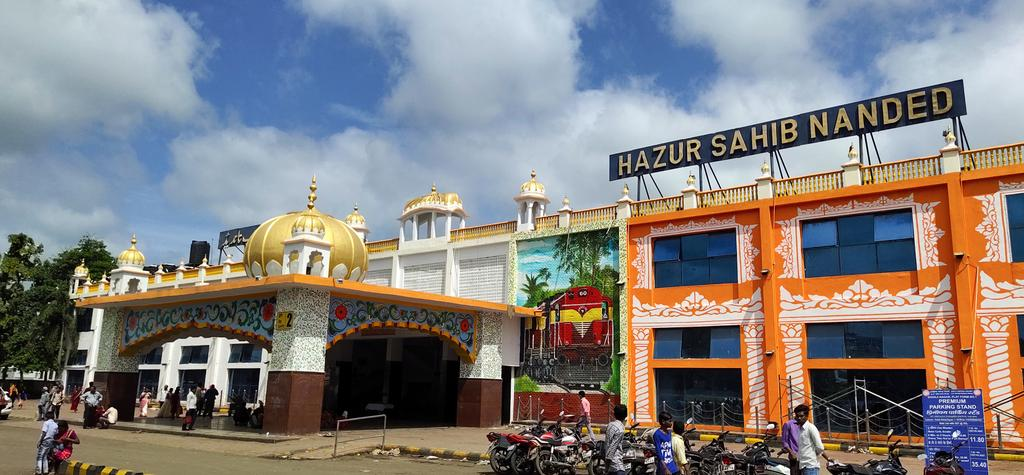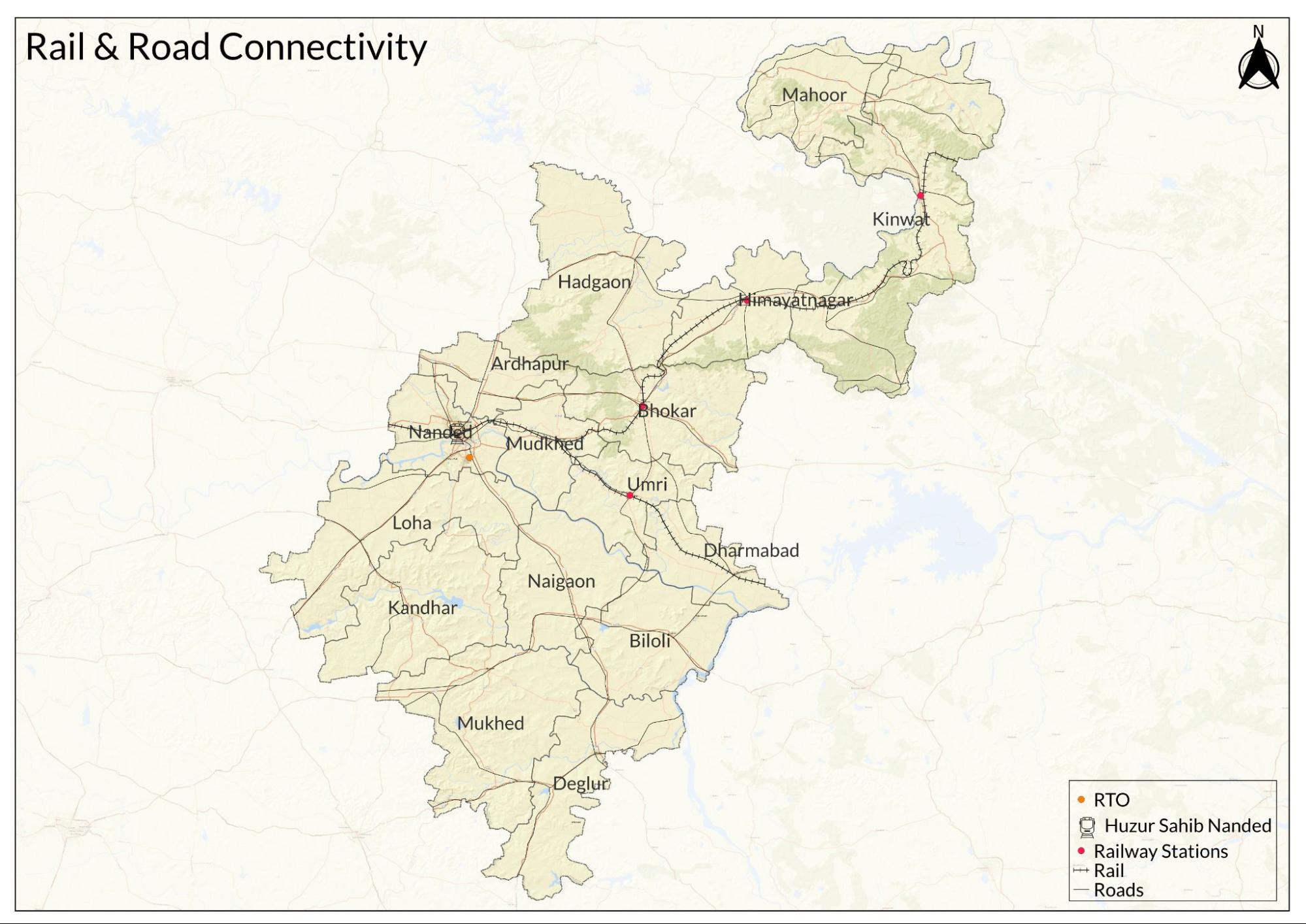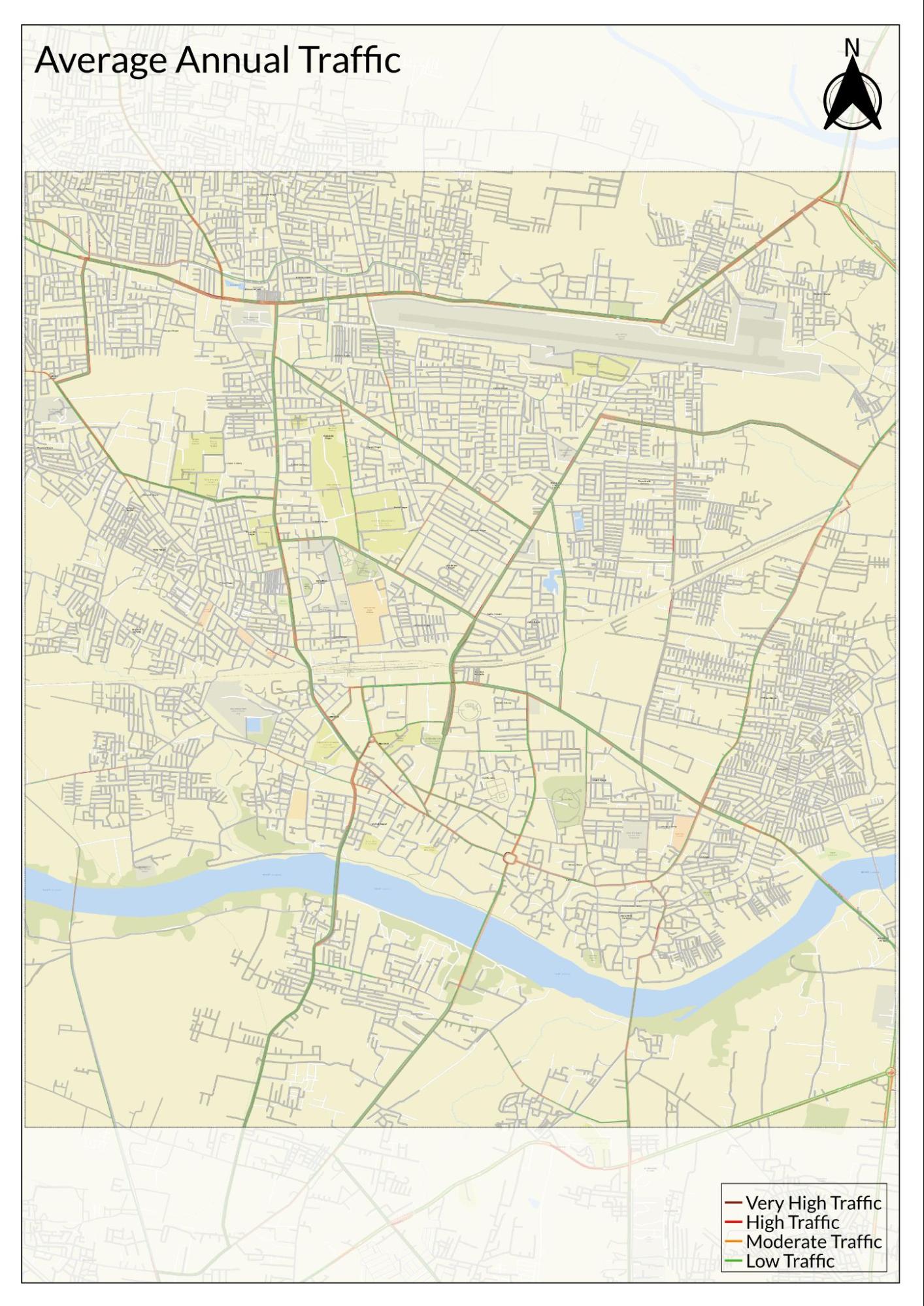Contents
- History
- Ancient Trade Routes
- Modes of Transport
- Daily Conveyance
- Train and Rail Systems
- Overview of Bus Networks
- Air Travel
- Ferries & Water Transport
- Traffic Map & Congestion
- Communication Networks
- Newspapers & Magazines
- Graphs
- Road Safety and Violations
- A. Cases of Road Safety Violations
- B. Fines Collected from Road Safety Violations
- C. Vehicles involved in Road Accidents
- D. Age Groups of People Involved in Road Accidents
- E. Reported Road Accidents
- F. Type of Road Accidents
- G. Reported Injuries and Fatalities due to Road Accidents
- H. Injuries and Deaths by Type of Road
- I. Reported Road Accidents by Month
- J. Injuries and Deaths from Road Accidents (Time of Day)
- Transport Infrastructure
- A. Household Access to Transportation Assets
- B. Length of Roads
- C. Material of Roads
- D. Licenses Issued
- Bus Transport
- A. Number of Buses
- B. Number of Bus Routes
- C. Length of Bus Routes
- D. Average Length of Bus Routes
- E. Daily Average Number of Passengers on Buses
- F. Revenue from Transportation
- G. Average Earnings per Passenger
- Communication and Media
- A. Household Access to Communication Assets
- B. Newspaper and Magazines Published
- C. Composition of Publication Frequencies
- Sources
NANDED
Transport & Communication
Last updated on 6 November 2025. Help us improve the information on this page by clicking on suggest edits or writing to us.
History
Ancient Trade Routes
Transport networks have long shaped how regions grow and interact. For Nanded, its position along historical trade routes connected it to larger flows of goods and ideas across the Deccan.
In the seventeenth century, Nanded is noted as an important point on these routes. Referencing the observations of the French traveller Jean-Baptiste Tavernier, historian Moti Chandra (1977) writes: “The route between Surat and Golconda passed through Bardoli, Pimpalner, Devagaon, Daulatabad, Ashti, and Nanded.” This highlights how the district linked western ports to inland markets and the Hyderabad-Golconda region.
Modes of Transport
Daily Conveyance
Transport at the time likely relied heavily on bullock carts and horse-drawn carriages for moving goods over long distances. Pack animals such as donkeys and mules were also used, especially across rougher terrain. For local travel, walking remained common, allowing people to reach markets, fairs, and nearby villages. Together, these traditional forms of transport kept local and regional economies connected until modern roads and railways began to take over.
Train and Rail Systems
Nanded today is one of the main railway divisions under the South Central Railway (SCR) zone. Its broad-gauge network connects the district with key cities across Maharashtra including Mumbai, Pune, Nagpur, Sambhaji Nagar, Jalna, and Parbhani and extends services to destinations like Secunderabad (Telangana), Bangalore (Karnataka), and Jaipur (Rajasthan).
The main station, Hazur Sahib Nanded Railway Station (commonly called Nanded Station), is the district’s busiest railway hub. As of 2024, the station handles around 48 pairs of daily trains and several others that run less frequently, with a mix of express, passenger, and superfast services.

Among these, the Sachkhand Express, which runs between Nanded and Amritsar (Punjab), is notable for serving passengers visiting the Hazur Sahib Gurudwara which is a major Sikh yatra site in the district (refer to Cultural Sites).
Alongside the main station, Nanded district has around ten other railway stations, including Maltekdi station, which mainly handles freight transfers. This combination of passenger and freight traffic shows how the railway system supports both everyday mobility and trade for the district.

Nanded’s railway development traces back to the late 19th century, when rising cotton production and trade drove the need for better connectivity. In 1899, the Hyderabad State laid the Hyderabad–Manmad line, which connected Nanded to broader trade routes across the Deccan. By the 1950s, after Independence and reorganisation of India’s railways, control of these lines came under the South Central Railway. Since then, steady expansions and new passenger services have shaped Nanded into a divisional headquarters and a vital railway point in the Marathwada region.

Overview of Bus Networks
Public buses are a key part of daily transport in Nanded district, linking the city with towns and rural settlements across Marathwada and beyond. The Maharashtra State Road Transport Corporation (MSRTC) is the main operator, running regular services to major cities such as Mumbai (Maharashtra), Pune (Maharashtra), Sambhaji Nagar (Maharashtra), and Nagpur (Maharashtra), and to neighbouring states including Telangana, Andhra Pradesh, Karnataka, and Madhya Pradesh. Many studies highlight that due to the presence of national highways like NH 161 and NH 222 in the district, bus travel has emerged as an important alternative to rail, especially for short and medium distances.
Inside Nanded city, local bus routes are managed by the Municipal Corporation in coordination with MSRTC, helping connect residential neighbourhoods to key points such as the railway station, main bus stand, markets, and nearby villages. For longer journeys, private bus operators add capacity with sleeper and semi-sleeper coaches linking Nanded to cities such as Hyderabad (Telangana), Indore (Madhya Pradesh), Sangli (Maharashtra), and Kolhapur (Maharashtra).
The foundations of today’s bus network were laid when Nanded was part of the Hyderabad State under the Nizam’s rule, which first nationalised passenger road transport in 1932. This early system brought together private operators under a state-managed framework, forming the basis of organised bus services in Marathwada. After the reorganisation of states in 1956, oversight shifted to the Transferred Road Transport Undertakings department. In 1961, this department merged with the Maharashtra State Road Transport Corporation, creating a unified state transport system that continues to operate in the district today.
Air Travel
Nanded’s air connectivity centres around the Shri Guru Gobind Singh Ji Domestic Airport, located about five kilometres from the city’s main bus stand. Built in 1958, this, notably, was the first airport in the Marathwada region and played an important role in opening up air links for surrounding districts.

Today, the airport connects Nanded to cities such as Mumbai (Maharashtra), Nagpur (Maharashtra), Sambhaji Nagar (Maharashtra), Delhi (Delhi), and Trivandrum (Kerala). For many visitors, especially those travelling to the Hazur Sahib Gurudwara, the airport offers an important transport option alongside rail and road routes.
Ferries & Water Transport
In the past, ferries served as a seasonal mode of transport in parts of Nanded district where rivers and streams made road travel difficult. According to the district Gazetteer (1971), private ferries operated in areas such as Bhokhar and Khandar, helping local residents move goods and reach nearby markets.
As bridges and roads expanded through the 20th century, reliance on ferry services gradually declined, and today very few remain in operation.
Traffic Map & Congestion

As Nanded’s urban area has grown, its road network and transport systems have expanded to serve more residents, businesses, and visitors. With this growth, traffic congestion and road safety have emerged as significant concerns. The increasing number of vehicles and pedestrians, especially during peak hours, places pressure on the city’s main roads and junctions.
To manage this, traffic signals have been installed at major crossroads, but congestion remains a daily issue in busy areas. Studies and local reports highlight that better traffic management and road safety measures are important for improving overall mobility.
In Nanded city, the road network is broadly divided into main roads and internal roads. The main roads carry most of the daily traffic, connecting markets, schools, hospitals, and transport hubs. One key route is the Main Road, locally known as GG Road, which runs for about 4.8 km from Old Mondha to Vajirabad Chaurasta. This stretch links important points including the central bus station, railway station, and various government offices and colleges. Due to its central location, traffic jams are common along this route, especially during peak times.
Communication Networks
Newspapers & Magazines
Nanded is home to a variety of local publications that have thrived since the 20th century. Among these, Godateer Samachar stands out as a significant source of information for residents. Other notable publications include Prajawani, Pratod, and Pratibha, each contributing to the local media landscape.
In addition to local editions, larger state and national newspapers are also circulated widely. Marathi, Hindi, and English papers reach towns and rural areas alike, providing a mix of local reporting and broader regional and national news.
Graphs
Road Safety and Violations
Transport Infrastructure
Bus Transport
Communication and Media
Sources
A. Adlakha. 2023. Centre looking into Nanded airport matter on priority: Jyotiraditya Scindia. Hindustan Times.https://www.hindustantimes.com/business/cent…
A. S. Karlekar, M. A. Hussain, I. M. Vishwanath, S. A. Raju, & M. A. Samiuddin. 2023. Traffic management of city. Vol 10, no 4. Journal of Emerging Technologies and Innovative Research (JETIR).http://www.jetir.org/papers/JETIR2304408.pdf
Government of Maharashtra. 1971. Maharashtra State Gazetteers: Nanded District (First Edition). Directorate of Government Printing, Stationery and Publications.
M. Chandra. 1977. Trade and trade routes in ancient India. Abhinav Publications.
World Health Organization. Road Safety. WHO, Geneva.https://www.who.int/health-topics/road-safet…
Last updated on 6 November 2025. Help us improve the information on this page by clicking on suggest edits or writing to us.